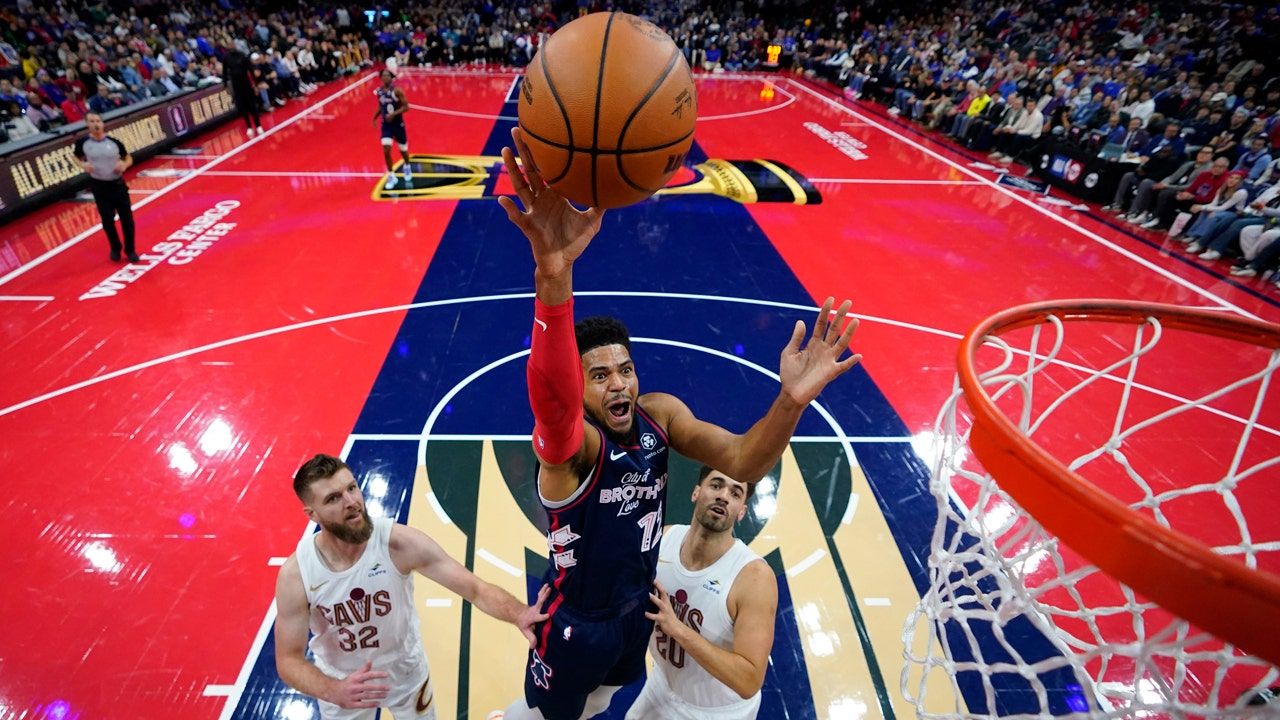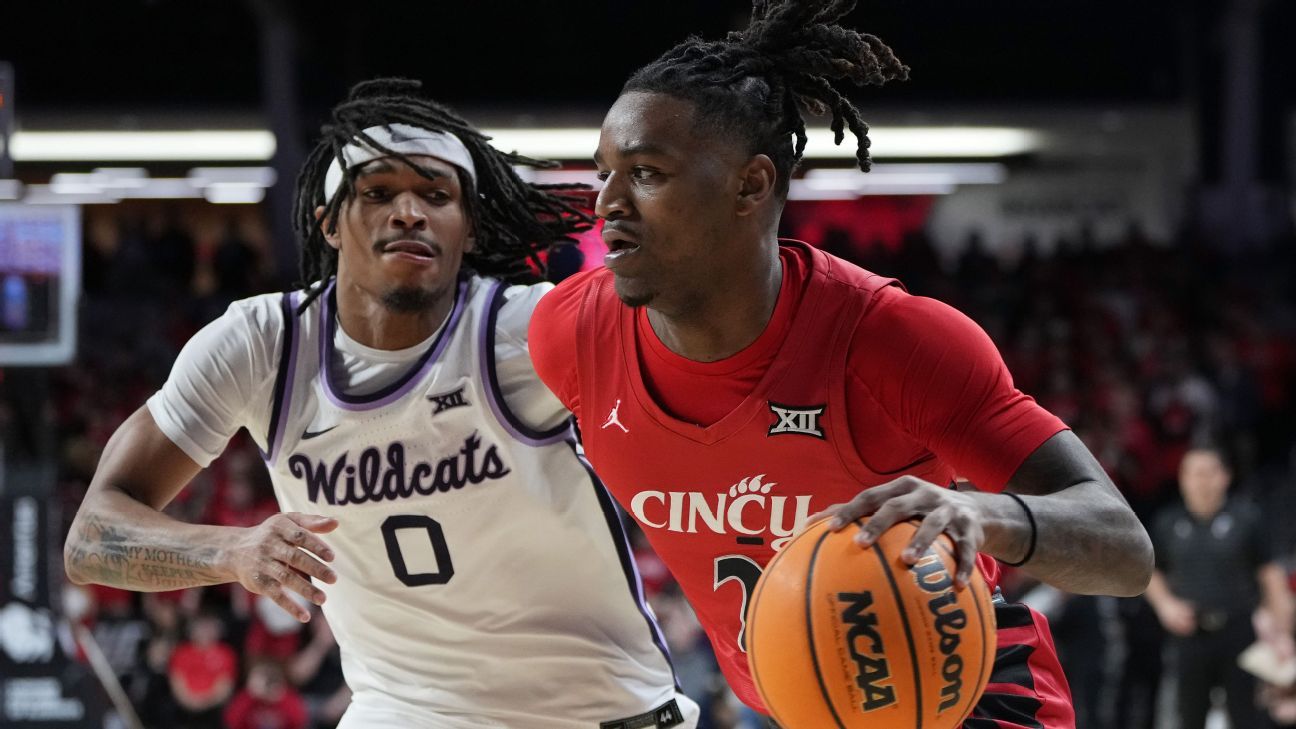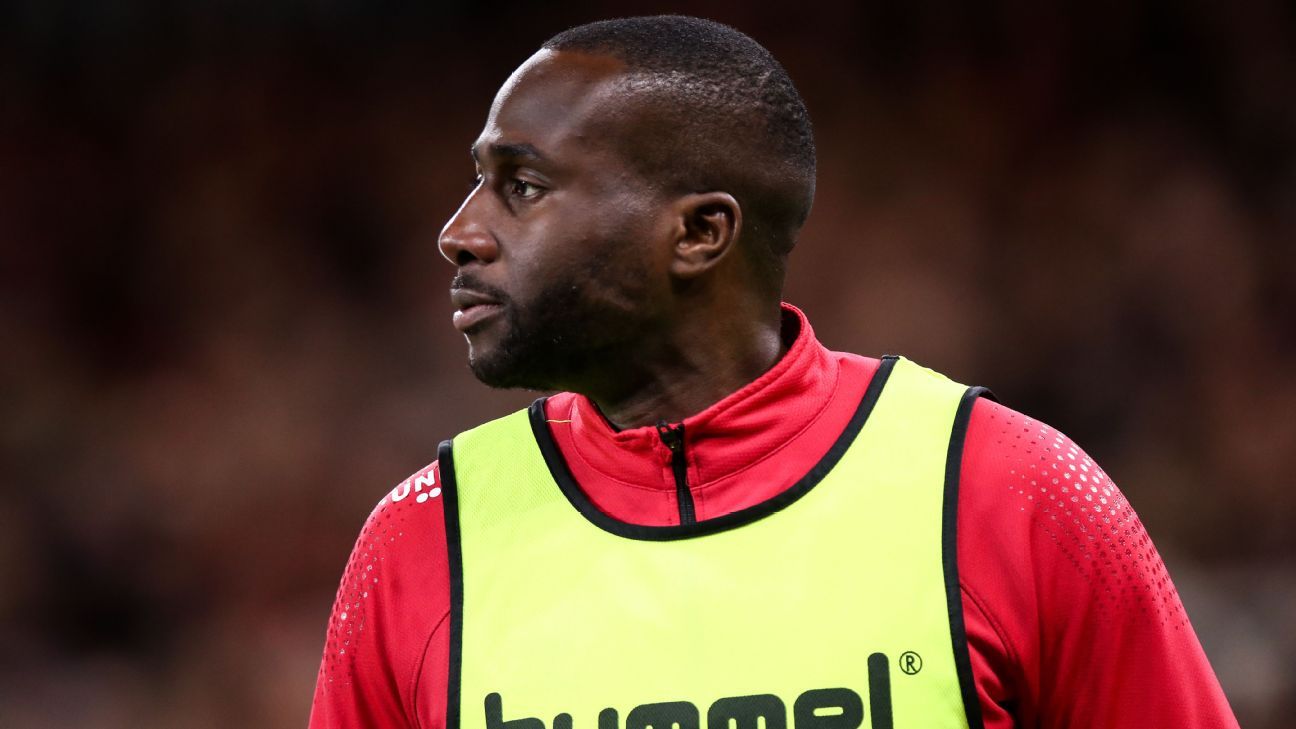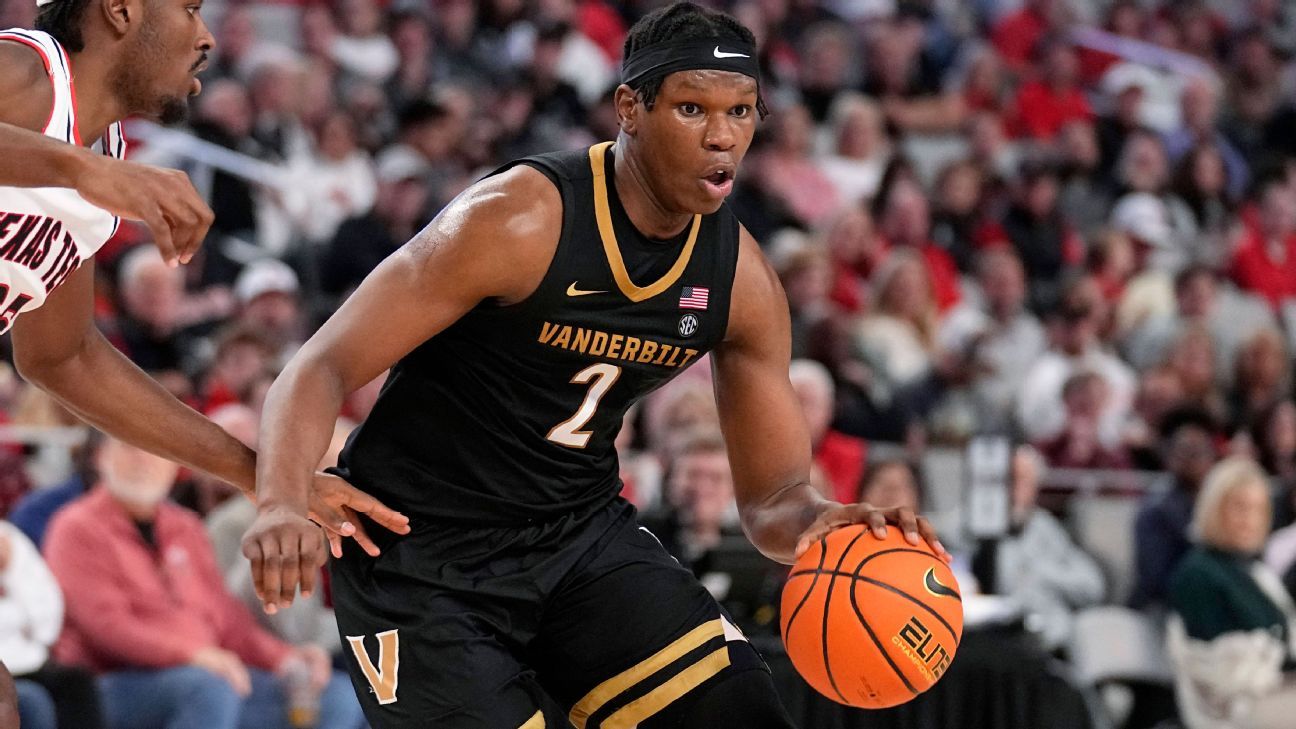The NBA has agreed to terms on its new media deal, a record-breaking 11-year agreement worth $76 billion that ensures player salaries will continue to rise for the foreseeable future and is sure to change the way some viewers access the game for years to come.
A person familiar with the negotiations told The Associated Press that the networks have the terms and conditions and the next step is for the league's board of governors to approve the contracts.
The person spoke to AP on condition of anonymity Wednesday because he or she was not at liberty to discuss such imminent matters.
JONTAY PORTER PLEADS GUILTY TO GAME PLAN THAT LED TO LIFETIME NBA BANS
The deal, which set NBA records for both its length and total value, will take effect for the 2025-26 season. Games will continue to air on ESPN and ABC, with some now streaming to NBC and Amazon Prime. TNT Sports, which has been part of the league’s broadcast family since the 1980s, may be on the verge of pulling out, but it has five days to match one of the deals.
The five-day deadline would begin once the league sends the completed contracts to TNT.
The Athletic was first to report the contracts.
ESPN and ABC will continue to offer the league's premier package, which includes the NBA Finals and one of the conference finals series. ABC has aired the NBA Finals since 2003. ABC would continue to air games on Saturday nights and Sunday afternoons after the NFL regular season ends.
FILE – The Philadelphia 76ers' Tobias Harris, center, attempts a shot between the Cleveland Cavaliers' Dean Wade, left, and Georges Niang during the first half of an NBA basketball tournament game in the 2023 NBA season, Tuesday, Nov. 21, 2023, in Philadelphia. The NBA has reached an agreement on terms for its new media deal, an 11-year agreement worth $76 billion that ensures player salaries will continue to rise for the foreseeable future and is certain to change how some viewers access the game for years to come. (AP Photo/Matt Slocum, File)
ESPN's main nights would continue to be Wednesdays with some games on Friday and Sunday.
The return of NBC, which aired NBA games from 1990 to 2002, gives the league two broadcast partners for the first time.
NBC would air games on Sunday nights once the NFL season ends. It would air games on Tuesdays during the regular season, while a package of Monday night games would stream exclusively on Peacock.
Prime Video would air games on Thursday nights after it finished airing NFL games. The other nights would be Fridays and Saturdays.
NBC and Prime Video will take turns to see who wins the other conference final.
In the short term, the deal almost certainly means the league’s salary cap will rise by 10% annually, the maximum allowed under the terms of the most recent Collective Bargaining Agreement between the NBA and its players. That means players like Oklahoma City’s Shai Gilgeous-Alexander and Dallas’ Luka Doncic could make around $80 million in the 2030-31 season and raises at least some possibility that top players could make close to $100 million per season by the mid-2030s.
It also clears the way for the next big item on the NBA's to-do list: expansion.
Commissioner Adam Silver has been very clear in the order of the top items on his agenda over the past few seasons, including preserving labor peace (which was achieved with the new CBA), securing a new media deal (now essentially completed), and then, and only then, would the league turn its attention to adding new franchises. Las Vegas and Seattle are typically among the cities most prominently mentioned as top expansion candidates, with others such as Montreal, Vancouver, and Kansas City expected to have interested groups as well.
As broadcast rights packages have grown in total value over the past 25 years, so have salaries because of how much of that revenue stream ends up feeding the salary cap.
When NBC and Turner agreed to a four-year, $2.6 billion contract that began with the 1998-99 season, the salary cap was $30 million per team and the average salary was around $2.5 million. The average salary this season was over $10 million per player and will continue to rise from here.
When the NBC-Turner deal that began a quarter-century ago expired, the next agreement, spanning six seasons, cost ABC, ESPN and Turner about $4.6 billion. Next up was a seven-year deal, which cost those networks $7.4 billion.
The current deal, which expires next season, shattered those records: nine years and nearly $24 billion.
And now, that seems like chump change.
CLICK HERE TO GET THE FOX NEWS APP
From the agreement that began in 1998-99 to the one signed now, which will begin in 2025, the total value has increased by about 2,800%. If inflation is taken into account, even between then and now, the value is up by about 1,400%.












